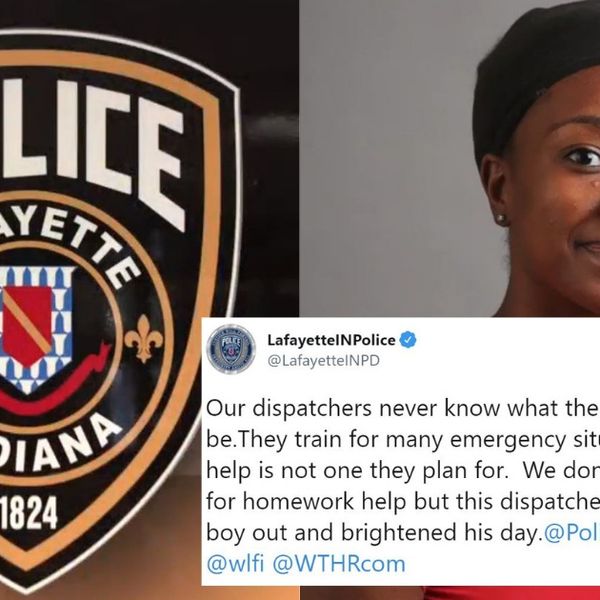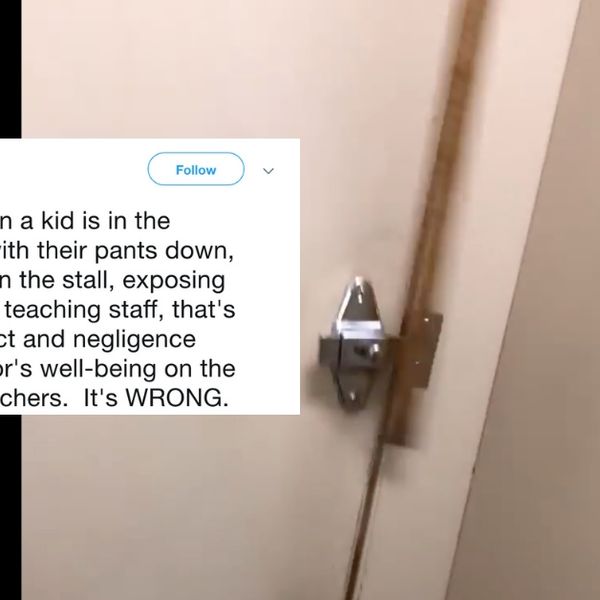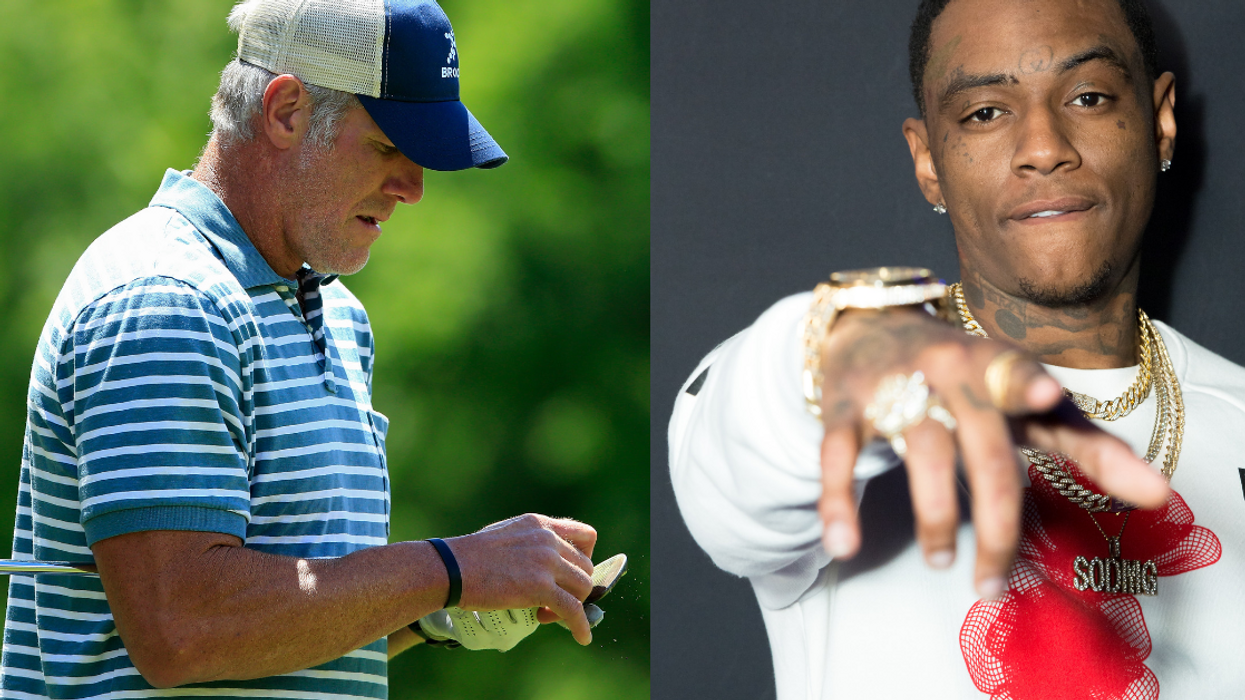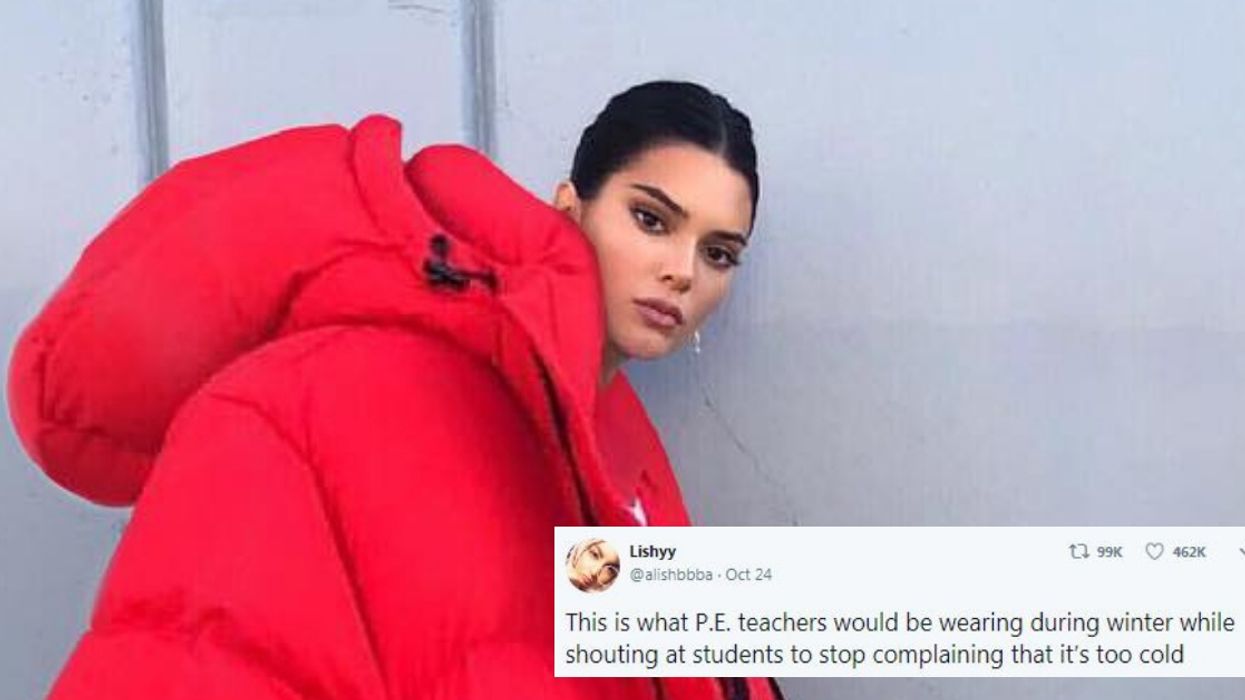February, 2000, HONOLULU, HI - January began with the gentle waves of the Caribbean rolling onto a sunny beach in Cancun, Mexico. And the month is ending with another idyllic beach scene -- this time with the waves of the Pacific rolling on to the beach at Waikiki in Honolulu, Hawaii. But it wasn't all play.
I am the newly elected Chairman of the Board of the Japanese American National Museum. Our first meeting of the year was scheduled to be held in Honolulu. But to make our confinement indoors in the Halekulani Hotel conference room bearable, the Hawaiian weather kindly obliged us with dreary, drizzly skies. Throughout our two-day meeting, it was showery and gray. It was still raining when I adjourned our board meeting.
The next morning, with the runways still wet with early morning drizzle, Irene Hirano, the Japanese American National Museum's executive director, along with several trustees and staff members, joined me on a flight to the city of Hilo on the big island of Hawaii. We were going there for the opening of one of our traveling exhibits, "From Bento to Mixed Plate," at the Lyman House Museum. This was the exhibit that had enjoyed a hugely successful six-month run at the Smithsonian Museum in Washington, D.C.
We landed at the Hilo airport in a downpour. Our shuttle van valiantly struggled against the famously rainy welcome of Hilo. When we arrived at the museum, I saw what looked like an enormous convention of umbrellas gathered at the front entrance. As we stepped out, we were greeted by smiling faces under huge outspread umbrellas and quickly hustled through the crowd. We had arrived just in the nick of time for the 9 a.m. beginning of the opening ceremony.
It is a Japanese tradition to begin ceremonial occasions with a concert of drumming on enormous drums called Taiko. When the first thunderous "boom" sounded, as if pre-planned by some special effects man, the rain miraculously stopped, the clouds parted and golden rays of sunshine began to stream down on the gathering. If that is an omen for the "From Bento to Mixed Plate" exhibit's run at the Lyman House Museum, then it bodes very well for its success. After the ceremony, as expected, the event turned into something not unlike a Star Trek convention. I sat and signed autographs for the crowd of first day museum-goers. In the evening, legendary U.S. Senator Dan Inouye spoke eloquently about the exhibit at a lovely Hawaiian reception for the exhibit's generous supporters. And there I signed more autographs.
 Although I have been to the state of Hawaii many times -- mainly to Honolulu -- this was my first visit to the "big island" of Hawaii. I'd heard and read about the beauty of this island, but the dramatic variety and contrasts in its scenery astonished me. Hilo, on the eastern side of the island, is a tropical rain forest matching our image of Hawaii.
Although I have been to the state of Hawaii many times -- mainly to Honolulu -- this was my first visit to the "big island" of Hawaii. I'd heard and read about the beauty of this island, but the dramatic variety and contrasts in its scenery astonished me. Hilo, on the eastern side of the island, is a tropical rain forest matching our image of Hawaii.
The morning after the museum opening, I drove from Hilo to spend a few days of "R&R" at a resort in Kona on the opposite, west side of the island. Driving north, I left the rain forest jungles to a landscape of rolling green pasturelands that reminded me more of Wisconsin than any picture I had of Hawaii. There were herds of cattle grazing alongside white fences. I drove past a sign that announced "Parker Ranch," the biggest cattle ranch in the U.S. I stopped at a town called Waimea for lunch at a recommended place named the Paniolo Café. "Paniolo," I had been told, meant "cowboy" in Hawaiian. The waiter urged me to order the restaurant's famous paniolo hamburger. So I did. It tasted like hamburger - good, but no different than any other hamburger I've had on the mainland. I suppose that is what makes it famous in Hawaii.
About half an hour out of Waimea, the scenery changed again. This time, it became Arizona. Arid, scrubby desert landscape with occasional cactus plants trying to maintain themselves in the sandy soil. Even the sun seemed to get hotter.
Another half an hour and suddenly, the scene changed dramatically. It became a moonscape -- mile after barren mile of rocky, lifeless, unearthly vista. This was an ancient lava flow. Not a blade of grass could exist on this hot, forbidding terrain. I got off the highway on the road to the Orchid at Mauna Lani resort. The smooth roadway that cut through the jagged, rock-strewn topography seemed jarringly unnatural. What kind of god-forsaken resort did I get myself booked into, I wondered. Then, like a mirage, I saw graceful coconut palms swaying off in the distance. As I drove closer, bright splashes of crimson from Jacaranda bushes accosted me. Velvety green lawns appeared in sharp contrast to the jagged lava rocks. An elegant sign read, "Welcome to the Orchid at Mauna Lani." I drove up a curving drive to a grand porte cochere where a smiling group of stylishly clad bellmen was lined up to greet me. I had arrived at an unearthly oasis called the Orchid carved out of the stony crust of a lava flow.
The three days of rest and recuperation were heaven. But I must confess that the environmentalist in me did feel a slight twinge of guilt in this unnatural lap of luxury.
The other trustees of the Japanese American National Museum had returned home by the time I checked out of the Orchid. But I had another speaking engagement at a conference of the Pacific Telecommunications Council a few days later in Honolulu. So it was back to Honolulu and the beach at Waikiki for me. An onerous burden - to have to kill a few days at Waikiki.
At the Kona Airport for the return flight to Honolulu, Kona resident Midori Fujimoto showed me a wonderful museum, a memorial to Ellison Onizuka, the astronaut who died in the explosion of the Challenger Space Shuttle. Midori, whose late husband Fred spearheaded creation of the museum, told me that Ellison was a native son of Kona and took great interest in motivating young Hawaiians. I had met Ellison Onizuka in Los Angeles shortly before he flew off to Cape Canaveral for his ill-fated mission. I remember joking with him then that he was the 20thcentury ancestor of the character I play in Star Trek and thanked him for being one of the builders of the launching pad for the world of Star Trek. He modestly demurred and told me that Star Trek was one of his favorite shows and Sulu his inspiration. I thought of our mutual flattery with poignance as I walked through the Ellison Onizuka Space Center at Kona Airport, a most fitting tribute to the spirit of a space adventurer of our times.
Back in Honolulu, Hoyt Zia, executive director of the Pacific Telecommunications Council, had invited me to speak at his conference, where I met contemporary adventurers of a different kind. This was the annual gathering of high tech communications engineers, executives and entrepreneurs from the Pacific Rim countries from Asia to north and south Americas. Their great challenge is to connect people and nations through telecommunications. They are the explorers of today, linking up not just people, but ideas - sharing ideas, bringing ideas together to spark new ideas. They are the builders of our future in ways not unlike Gene Roddenberry's ideas that he shared through the telecommunications medium of television.
And, as it turned out, these conference delegates were eager Star Trek fans from way back in their college and university days. Star Trek was vibrantly alive even on the beaches of Waikiki. As the soft trade winds caressed us, the coconut palms swayed and the sound of the rolling waves serenaded us, we talked Star Trek and telecommunications.
White Supremacists Used App To Trick Brett Favre And Soulja Boy Into Recording Messages Supporting Anti-Semitism
White supremacists are truly a scourge. Every time they think you can't go lower, they find a new way to burrow underground and prove you completely wrong, as they did when they targeted two celebrities over the internet and tricked them into spewing garbage.
Brett Favre, star football player, and Soulja Boy, recording artists, were approached by a group claiming to be "a U.S. veterans organization for Cameo, a company that enables consumers to book personalized video greetings from celebrities."
Favre recorded the message, assuming the "request stemmed from [his] interest in veterans affairs" and recorded the message, a service that the perpetrators paid $500+ to complete.
Later on, Favre found his request was appropriated for the agenda of an anti-Semitic hate group.
"I was distressed to learn that the request came from an anti-Semitic group that reposted my video with comments implying that I endorsed their mission. Nothing could be further from the truth. I am therefore donating my $500 Cameo fee to Charities supporting their fight against hate and bigotry."
I'm on Cameo & kinda jealous they didn't request me. Maybe I need to lower my price? Most importantly Brett Favre d… https://t.co/8hsC292nRs— Tom Arnold (@Tom Arnold) 1543784713.0
@TomArnold How do you not know something is anti-Semitic. #ComeOn— keith lyle (@keith lyle) 1543785859.0
@BuzzFeedNews Log everyone off everything now— Zinskē (@Zinskē) 1543635691.0
The organization refers to itself as the GDL, or Goyim Defense League. "Goyim" is the Hebrew word for a non-Jewish person.
According to BuzzFeed News, the group is run by two YouTubers who go by "Handsome Truth" and "Sway Guevara."
"Brett Favre here with a shoutout to the Handsome Truth and the GDL boys," they tricked Favre into saying. "You guys are patriots in my eyes. So keep waking them up and don't let the small get you down. Keep fighting, too, and don't ever forget the USS Liberty and the men and women who died on that day. God bless and take care."
The coded phrases here include "small" for "small hats," a slur for yarmulkes, and the USS Liberty:
"The USS Liberty is a dog whistle referring to an incident in 1967 where Israeli forces fired on the US spy ship, killing 34, during the Six-Day War. In the aftermath, Israel said that its pilots had thought the ship was an Egyptian vessel, and apologized — the government eventually paid out $6.7 million in reparations to the survivors and families of the dead. Ever since, there have been unproven conspiracy theories surrounding the circumstances that question whether the attack was intentional. Both the Israeli and the United States governments have said that it was a case of mistaken identity."
Soulja Boy was also tricked by the group, recording a video saying "Shoutout to Handsome Truth and Sway at GDL," and "GDL for life, b*tch."
The head of the group, Handsome Truth, admitted to the deception in a Livestream on Wednesday:
"Here's the deal, guys, they can reject it if they don't like it, right, so we were trying to get it, like — we wanted to be cryptic enough to where they would say it."
@BuzzFeedNews Sellebrities. I feel bad for people who are forced to treat themselves as products.— TomCat (@TomCat) 1543635593.0
@BuzzFeedNews Only in America...way to go potus, maga sadly 😟😥😠!!!— S Johnson (@S Johnson) 1543677369.0
@BuzzFeedNews This is what happens when you’ll do anything for money and fame...— gwyn (@gwyn) 1543641284.0
@BuzzFeedNews What a load of garbage!— Klopezdranat Tagor (@Klopezdranat Tagor) 1543682300.0
"Soulja Boy was unaware that the video on Cameo was tied to a group that promotes hate," said a Soulja Boy spokesperson. "The promo video was what the Cameo had directed and in no way supports his personal beliefs. He greatly apologizes to anyone who may have been offended."
The malice of this particular incident runs deep.
"On or about November 22nd, Cameo talent received requests that appeared to be aimed at supporting the American military. After recording the videos Cameo learned that the request came from an anti-Semitic group and contained content that could be interpreted as anti-Semitic," Cameo said in a statement to BuzzFeed News.
"This was a blatant misuse of the Cameo platform and a violation of Cameo's terms of service. This is the first incident of its kind in more than 93,000 Cameos and a gross misrepresentation of the talent's political beliefs," the statement continued. "Cameo immediately removed the videos from the website, requested YouTube to remove the content and created new filters to prevent this from happening in the future. The user has been banned from purchasing Cameos."
But will it quell the hate speech? Racism, anti-Semitism, homophobia, and misogyny have become commonplace since the election of Donald Trump, and it seems there are weekly incidents of that bigotry. Patrick Little, profiled by the Anti-Defamation League for spreading anti-Semitic hate speech, ran for State Senate in California, winning less than 2% of the vote and being barred from all California Republican events for his gross anti-Semitism. He greatly endorsed the white supremacists' actions.
If historical signs are correct, this sort of speech is likely to be misunderstood and catch fire, thereby inspiring even more hatred. The fight against bigotry must get stronger.
It only costs $500 to get Brett Favre to say something on video. So white supremacists used him to endorse anti-Sem… https://t.co/VdkFnujxrK— Gabriel Snyder (@Gabriel Snyder) 1543780513.0
Alexa, show me 2018 in one headline. https://t.co/7HtmwySIU4 via @mashable— Will Greenwald is still spooky in November (@Will Greenwald is still spooky in November) 1543754183.0
@mashable @BrettFavre may have been tricked, but vicious @ScottWalker taught our children to be Nazis and the best… https://t.co/7gMTCQCmRV— Brian Keith O'Hara (@Brian Keith O'Hara) 1543758130.0
just alt right folks paying Brett favre to unwittingly endorse anti semitism, the world is definitely not fundament… https://t.co/JaeOo61dXJ— R Zach Lamberty (@R Zach Lamberty) 1543635101.0
H/T: BuzzFeed News, Mashable
Arkansas High School Suspends Student Paper For Publishing 'Disruptive' Investigation Into Shady Football Transfers
Halle Roberts is the editor-in-chief of the Har-Ber Herald, the school newspaper for Springdale High School in Arkansas. The 17-year-old student was suspended after she wrote an investigative piece criticizing the transfer of five football players to a rival school.
Players are not allowed to be transferred to a different school because they would like to play for a different team. They are allowed to transfer only for academic reasons. So Roberts got to digging. Her paper filed FOIA requests and received official information from the Arkansas Activities Association saying that the students were transferred for academic reasons. However, the students themselves said otherwise.
Roberts quoted one student in her paper saying:
"We just want to go over there because we have a better chance of getting scholarships and playing at D1."
Another student told Roberts:
"I just feel like it's better for my future to go out there and get college looks."
Soon after the report was published, the superintendent of the district, Jim Rollins, asked the teacher advisor for the school paper, Karla Sprague, to take the story down. She obliged.
Rollins wrote a letter stating that the piece was:
"intentionally negative, demeaning, derogatory, hurtful and potentially harmful to the students addressed in those articles."
Roberts, undeterred, is still working on a new edition of the story that includes the school's censorship.
Mike Hiestand of the Student Press Law Center had this to say:
"School officials at this point seem to me to have completely thrown up their hands and said, ‘we’re not going to l… https://t.co/PgVYFlVAlM— Amber Jamieson (@Amber Jamieson) 1543687827.0
And Halle Roberts, who dreams of being an ESPN reporter, stated:
“They are like ‘well you raised an uproar, we’re going to try and silence you,’” said Halle Roberts, 17, the editor… https://t.co/6dKFeF0so4— Amber Jamieson (@Amber Jamieson) 1543690272.0
People were impressed with Roberts.
@hallecole21 @BuzzFeedNews I'm so proud of you! You're not just fighting for yourself, you're fighting for student… https://t.co/hjVIvzstZ1— 🌺Lisa Daily is writing⛱ (@🌺Lisa Daily is writing⛱) 1543718652.0
@hallecole21 @BuzzFeedNews I shared your story on my Facebook page and am so proud of you kids for telling the stor… https://t.co/9gekpHSwey— Derryl Trujillo (@Derryl Trujillo) 1543694164.0
@hallecole21 @BuzzFeedNews Keep up the fight Halle!!— Katie Maner (@Katie Maner) 1543762811.0
Some had harsh words for the school's administration.
@BuzzFeedNews @KatinaParon The principal and the superintendent should be fired, not the teacher. And the students… https://t.co/AfE6JTmowp— Jody Beck (@Jody Beck) 1543754569.0
@ambiej @BuzzFeedNews Abuse of power by the school administration— Lovehersports50 (@Lovehersports50) 1543686742.0
@ambiej Hey @sdaleschools School board members. Why are you allowing Arkansas Har-Ber High School Principal Paul Gr… https://t.co/8pdT0St1FO— Nancy Levine (@Nancy Levine) 1543693785.0
And most had high praise for Roberts and the other student journalists working on this piece.
A great example of investigate student journalism, and why it needs more recognition. https://t.co/s4MBLn0HiN— Gabija Gataveckaitė (@Gabija Gataveckaitė) 1543692451.0
Much to appreciate about @ambiej’s reporting on this Arkansas school district’s effort to suppress a high school pa… https://t.co/fIk5vTaWCZ— Pat Berry (@Pat Berry) 1543688372.0
High school students do real journalism, school district immediately tries to shut them down, despite state law gua… https://t.co/HqOgXTv1bl— Jeff Amy (@Jeff Amy) 1543692270.0
Oh this is the good stuff. I love this editor. Great work. Stand for journalists. https://t.co/QlrTTzrqs8— Scott Lewis (@Scott Lewis) 1543693549.0
And Halle Roberts herself closed by saying:
thank you so much. #freedomofthepress https://t.co/LsjWT7nycD— halle roberts (@halle roberts) 1543685392.0
Fight on, Halle!
This Store Clerk's Reaction To A Stolen Sneaker Prank Should Earn Him Employee Of The Month
Twitter user @HarvinthSkin decided to give a sales associate as his local shoe store a heart attack with a silly prank. All over the internet, people are sharing the prank and sending their well-wishes to the poor worker who experienced a moment of pure panic!
I had to give it a try? 😂🤷🏾♂️ Instagram : @harvinthskin https://t.co/Am45kGWYLQ— Harvinth Skin (@Harvinth Skin) 1543237039.0
Don't worry too much about the unfortunate sales employee, however—it turns out he was given a raise as a consolation shortly thereafter!
I apologised and gave man like Martin a hug after that! 😂😂😂 JD Sports, give him a raise! 💵 Do not try this unless you’re Zizan ⛔️— Harvinth Skin (@Harvinth Skin) 1543238141.0
The owner of the shoe store made clear to Skin that his employees were not to be messed with.
IM SO HAPPY THAT MAN LIKE MARTIN IS SEEN HERE WITH THE BOSS OF JD SPORTS ASIA AND IS GETTING A RAISE FOR HIS VALIAN… https://t.co/vL5QO2xCB5— Harvinth Skin (@Harvinth Skin) 1543300966.0
The Big Boss of JD Sports MY! Fuck me 😂😂😂🙃🙃🙃 https://t.co/nq3O0bdS92— Harvinth Skin (@Harvinth Skin) 1543239495.0
On Twitter, people loved the sales clerk's reaction to Skin running out of the store.
@harvinthskin That sales be like https://t.co/0i27D7vIWK— Ignasius Kurniawan (@Ignasius Kurniawan) 1543239042.0
@harvinthskin Best one yet cause he went out the store lmao— Andradé (@Andradé) 1543265867.0
Some thought they may have reacted differently in the same situation...
@harvinthskin @thirdeyescribe Me watching you run out of the store like https://t.co/31kkJcHjOV— The Count 🙎🏼♂️ (@The Count 🙎🏼♂️) 1543370777.0
But everyone got a good laugh out of the innocent prank.
@harvinthskin @kxsxhh This shit was so funny....it made my day— Manvir (@Manvir) 1543247327.0
@harvinthskin @queenb0414 😂😂😂😂😂😂 https://t.co/bejrX57i6w— 💙 (@💙) 1543275269.0
@harvinthskin @iced_coffeee https://t.co/bqP08ZK3r9— Manuel Jr. (@Manuel Jr.) 1543358200.0
The incident also gave us some priceless reactions!
@harvinthskin “whew my bruce lee almost came out” https://t.co/SOUOZ4IzBE— Nyree. (@Nyree.) 1543344926.0
@harvinthskin @ClassyyMocha 🤣🤣🤣🤣🤣🤦♂️Saw his whole life n last paycheck that fast!!— ♈FZA of FUPA-Tang Clan🇧🇿 (@♈FZA of FUPA-Tang Clan🇧🇿) 1543288463.0
@sofarhangone @harvinthskin @ChiSupreme @llma95_ Run up? More like run out!! https://t.co/HwHu2TT4vO— Desi Kubrick (@Desi Kubrick) 1543320755.0
Remember, everyone: it's important to try before you buy!
@harvinthskin @mjcz1 @LeeODell84 @reevesyboi93 try before you buy. why not— 494949494949 (@494949494949) 1543512590.0
We all love a good meme, and the best memes often imitate life. Model Kendall Jenner is the latest target of the Instagram account @itsmaysmemes, which photoshops celebrities in hilariously oversized outerwear.
At least it looks cozy...
Soon, Vogue France tweeted the image and all hell broke loose.
Winter is coming ! https://t.co/obJe6bO87B— Vogue.fr (@Vogue.fr) 1540199684.0
The caption reads:
"Winter is coming !"
Indeed.
People made their own versions.
@VogueParis @KendallJenner oh okay... https://t.co/Willu5LSlN— ًleah (@ًleah) 1540383130.0
@VogueParis @KendallJenner Fixed it! https://t.co/ThTnfVSfvk— sleepy jorge (@sleepy jorge) 1540480172.0
@VogueParis @KendallJenner https://t.co/p5CTJDEiqJ— Ty ©️ (@Ty ©️) 1540502215.0
Some compared it to other strange fashion choices we've seen over the years.
@VogueParis @KendallJenner https://t.co/hnLvEvRJAB— Bouzid Van Der Woodsen (@Bouzid Van Der Woodsen) 1540230561.0
@VogueParis @KendallJenner New couple with @LennyKravitz?? https://t.co/oCS3WAi3Xd— がんばれ! (@がんばれ!) 1540248515.0
@VogueParis @KendallJenner https://t.co/zAB6xKmu8T— TheBowLegg’dOne (@TheBowLegg’dOne) 1540471862.0
And there were those who had some pretty interesting ideas about what this looked like.
How your girl looks when she says she's cold and you give her your coat https://t.co/louipQI66k— Jack Skellington (@Jack Skellington) 1540405914.0
This is what P.E. teachers would be wearing during winter while shouting at students to stop complaining that it’s… https://t.co/5qDubio0mX— اليشبا (@اليشبا) 1540392391.0
Perhaps we loved it because it did seem just avant garde enough for Jenner to actually wear. Turns out we all can! Well, sort of. The jacket is a digitally enlarged version of The Super Puff jacket at Aritzia. Even the non-Photoshopped version looks pretty cozy!
H/T: Huffington Post, Twitter















